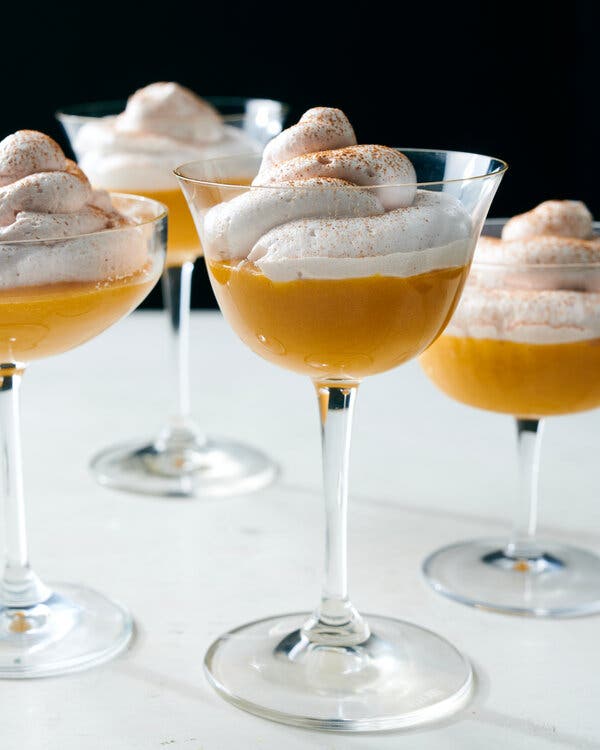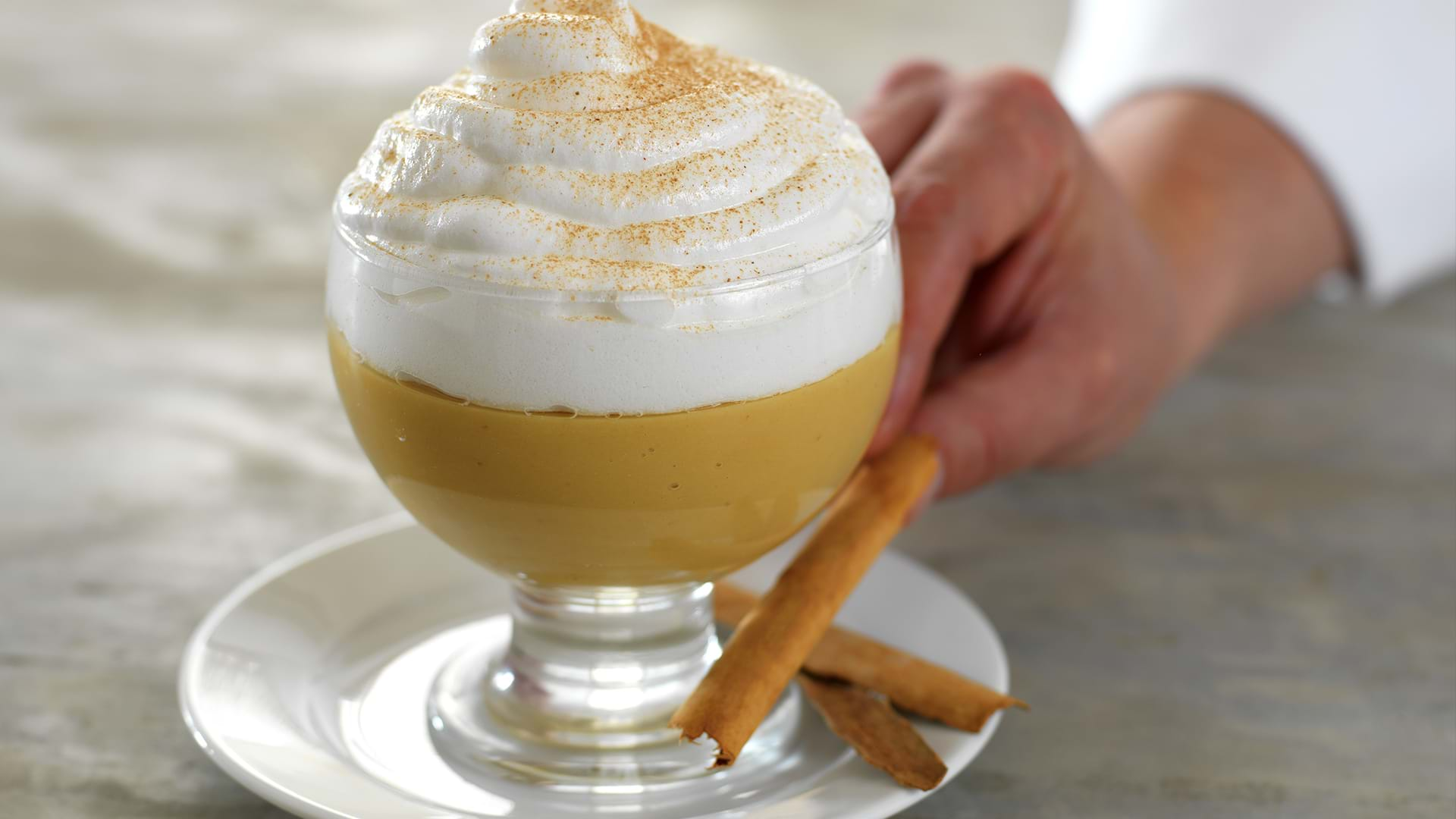Got curious yesterday about Suspiro Limeño after hearing its name thrown around like some legendary dessert royalty. Everyone talks about it, especially here in Peru, but what’s the real story behind the hype? Figured I’d dig in and try making it myself to see what all the fuss is about. Spoiler: it got messy.

The Confusing Hunt Begins
Jumped online looking for the “real story” first. Man, was that a rabbit hole. Found like ten different versions of the origin tale. One story kept popping up though:
- Claims it was invented for some Viceroy dude’s wife back in colonial times
- She tasted it, sighed super dramatically (“Suspiro” means sigh in Spanish), and boom – name created.
- Felt a bit too perfect, too convenient. Like someone just glued a romantic story onto a tasty dessert later.
Couldn’t find any solid proof anywhere. Historians? Shrugs. Old cookbooks? Nada mentioning it that far back. Seemed like a cool legend, probably not the actual history. Decided the “famous real story” might just be… a famous tale.
Okay, Forget History – Let’s Cook!
Since the past was murky, focused on the present. Hunted down a recipe claiming to be “authentic.” Ingredients seemed straightforward enough:
- Base Layer: Manjar blanco (dulce de leche), eggs, maybe a splash of Port wine.
- Topping: Meringue made from egg whites and sugar syrup.
Gathered everything, cleared the counter, and got down to business.
The (Slightly Chaotic) Process
Step 1: The Manjar Blanco Mix

- Heated up the store-bought dulce de leche in a pot. Easy peasy.
- Separated some eggs. Yolks went into a little bowl, whites into a big mixing bowl for later.
- Whisked the yolks like crazy until they were pale and thick. Poured in a tiny bit of Port wine – just for that classic hint.
- Slowed way down to drizzle the hot dulce de leche into the yolks, whisking non-stop. This part was nerve-wracking! Didn’t want scrambled eggs in my caramel. Managed it though. Felt like a win.
- Poured this thick, custardy mix into little glasses, filling them halfway. Put them in the fridge to chill and set. So far, so good.
Step 2: Meringue Mayhem
- Here’s where it got interesting. Needed to make Italian meringue. That means cooking sugar and water to softball stage.
- Put sugar and water in another pot. Watched it like a hawk. Waited for those bubbles to get big and syrupy. Took the thermometer off because, hey, I trust my gut. Dumb move.
- Started whipping the egg whites. Got them to soft peaks. Looked good!
- Grabbed the hot syrup. Started pouring it slowly into the whipping whites. Mistake number two? Didn’t pour it down the side; kind of just… dumped it in a stream. Why? Why oh WHY?
- Suddenly, instead of beautiful glossy peaks, I had… soup. Liquidy white soup with sugary clumps. Ugh. Tried whipping it longer. Nope. Wasted those whites. Lesson painfully learned: Italian meringue doesn’t forgive rushing or eyeballing.
- Round two. Made the syrup again. Used the dang thermometer this time. Hit softball stage precisely. Poured it very, very slowly down the side of the mixer bowl into stiff-peak whites. Whipped it forever. Finally! Glossy, shiny, stiff meringue. Victory!
Step 3: Assembly Line
- Pulled the chilled custards out of the fridge. Spooned or piped (okay, mostly spooned) the fresh meringue on top. Aimed for nice swirls, got mostly fluffy clouds.
- Dusted the top with cinnamon. Why? Because tradition! Looks pretty, smells nice.
The Taste Test (And Final Thoughts)
Took a spoon. Dug through the fluffy cloud of meringue into the thick caramel layer underneath. First bite? Sweetness overload! Seriously intense. The texture contrast was amazing – smooth, dense, cool custard against the light-as-air, sweet meringue. Could totally understand why one sigh is not enough. It’s a dessert for sure.
But that “real story”? Seems like a nice piece of marketing folklore cooked up much later to make it sound fancy and romantic. The actual history is probably simpler and less dramatic – just people making a really rich, delicious sweet treat combining local ingredients. Its fame likely comes from that incredible combo of textures and flavors, not some Viceroy’s wife gasping dramatically. Making it myself made that clear. It’s delicious, it’s unique… and its origin? Probably lost to time, overshadowed by how darn good it tastes.








